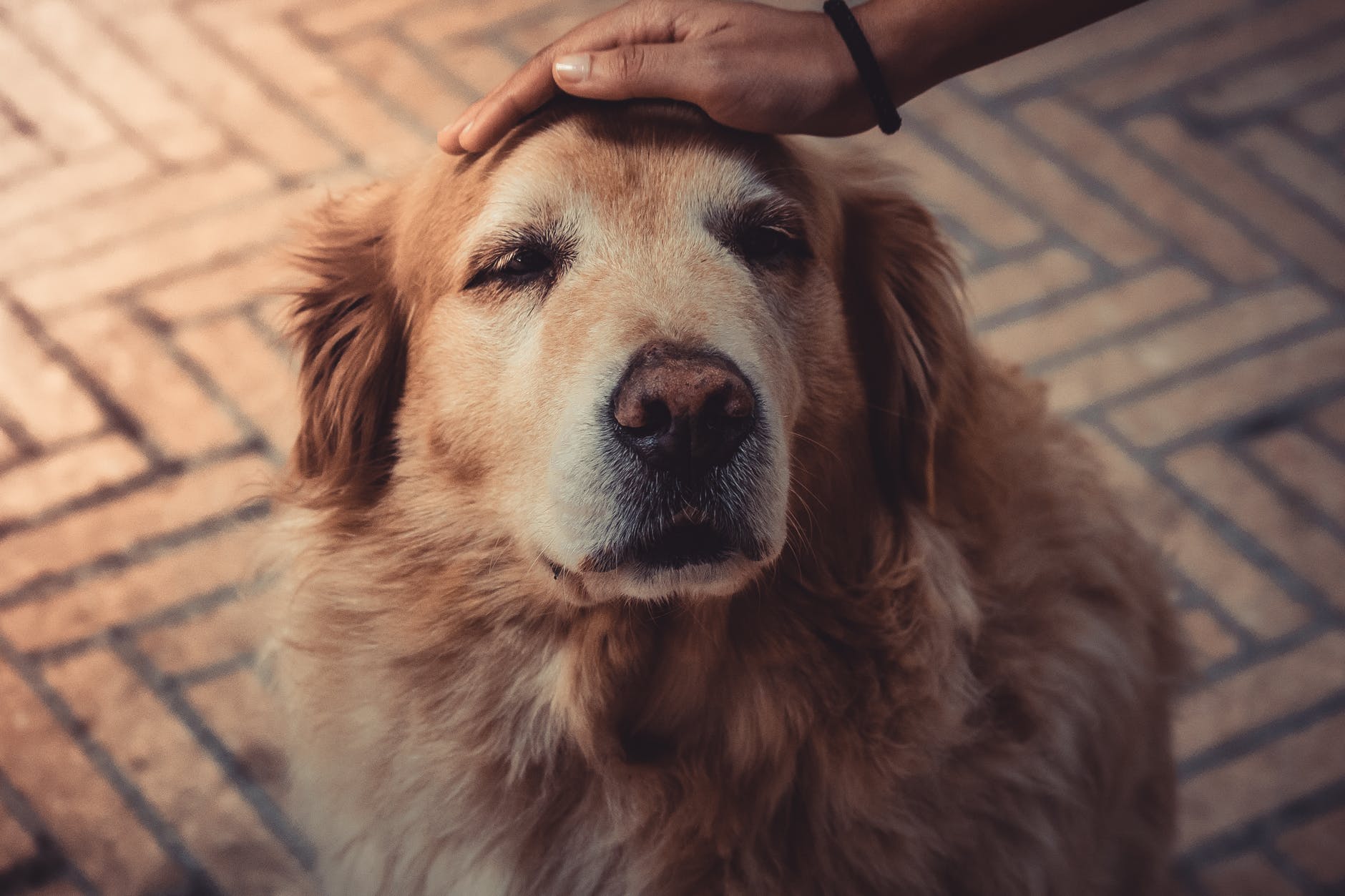
Photo by Jean Alves on <a href="https://www.pexels.com/photo/photo-of-person-petting-a-dog-2123773/" rel="nofollow">Pexels.com</a>
Many dogs today suffer from osteoarthritis. This condition becomes more common as a dog ages. Furthermore, certain large breeds remain susceptible to this condition, which brings about changes in the joints. The changes are extremely painful for the animal, much as they are for humans.
When dogs get arthritis, it tends to appear in the knees, elbows, hips, and shoulders, although it may show up in any joint. Ongoing wear and tear remains the most common culprit, but genetics play a role. Some diseases can lead to the development of this condition, and an injury to a joint might bring about osteoarthritis.
If you see any of the following signs in your beloved vet, schedule an appointment with the vet to come up with a treatment plan. During this visit, ask about joint supplements for dogs. They may help relieve the dog’s pain and improve their quality of life.
Difficulty Moving Around
Your dog may appear to slow down. They express reluctance when they are asked to do things they enjoyed in the past or might stop responding to commands because it hurts when they move. The dog may appear indifferent or avoid doing things they used to love. For instance, the dog may stop following you up to bed at night, preferring to stay downstairs rather than tackling the steps.
The dog might amble outside rather than running and playing the minute the door opens. They could fall behind when you take them for a walk or avoid getting up when you suggest going out. Arthritis may make the dog reluctant to move more than absolutely necessary. When their joints swell, they experience pain. Staying in one place helps them avoid the pain, so they will do this as often as possible.
Abnormal Gait
Has your dog started to limp or do they appear lame? When the joints in the legs develop osteoarthritis, the animal may begin favoring the affected leg or legs. Some dogs develop arthritis in their spine, which leads to lameness in one or both back legs. A limp or lameness brought on by arthritis will gradually worsen. The pet needs to be seen by a vet to determine if the abnormal gait is the result of osteoarthritis, obesity, or several other conditions.
The owner might hesitate to take the dog to the vet as the gait appears to return to normal once they get up and move around for a bit. The pain or stiffness remains most noticeable when the dog gets up or down. They still need to be seen to learn exactly what is causing these symptoms and how best to address them.
Avoiding Human Contact
Dogs love to be petted and hugged. They are the owner’s best friends and want to show their affection. If a dog suddenly starts yelping when it is touched, it may be experiencing inflammation in the joints. This inflammation leaves the impacted areas sensitive to touch. Any time a dog rejects its companion’s affection or cries when being petted, it should be seen by a vet. Let the vet know where you were petting when the dog yelped or pulled away. This information helps the vet determine which joints may be affected.
Irritability
Dogs love to spend time with their owners. This behavior serves as one reason why they have become known as man’s best friend. If a dog that once loved on people now gets grumpy when they are around, it may be arthritis. A person who is in constant pain won’t be overly pleasant to others, so why should a dog who is in pain and cannot understand why?
Dogs may snap or bite if a person tries to touch them, and this behavior becomes worse when this person does something to make the pain worse. Speak with the vet to obtain help for the dog so they don’t have to suffer and can be a loving companion once again.
Unusual Behavior
When a teen starts exhibiting new behavior, parents question why and do some investigation. People need to do the same with their pets. When the dog starts acting in new and unusual ways, such as hiding in quiet parts of the home, the owner needs to learn why they don’t want to be around people. It may be that they are in pain and want to be left alone. Owners need to question why when the dog doesn’t want to play or fails to get excited about going for a walk when it used to be one of the pet’s favorite things.
Oral Habits
A dog with arthritis might lick, chew, or bite painful joints. This behavior may go unnoticed at first, and the owner doesn’t realize there is a problem until they notice hair loss or inflamed skin where the animal is chewing, biting, or licking. It’s time to take the dog to the vet to learn if the animal has fleas, suffers from arthritis, or has another medical issue that needs attention.
Fatigue
Humans know how pain can tire them out. Animals become fatigued when they are in constant pain, much like humans do. The pet will spend less time moving around and more time resting or sleeping. Allow them to get the rest they need and call the vet for an appointment to learn what is going on and how you can help the pet regain their energy.
Muscle Atrophy
Dogs with osteoarthritis often develop muscle atrophy. It hurts for the dog to move around so they don’t. This leads to muscle deterioration, often in the hind legs. Owners need to watch for this, particularly in dogs with long hair, as it is harder to see signs of muscle atrophy. In dogs with short hair, the affected joints look thinner than others.
Although there is no cure for osteoarthritis, the vet can work with the owner to develop a treatment plan that focuses on reducing the symptoms and improving the dog’s quality of life. Dogs cannot speak for themselves, so the owner has to serve as their companion’s advocate. Work with the vet to find the right combination of treatments for your furry companion. They deserve nothing less.


